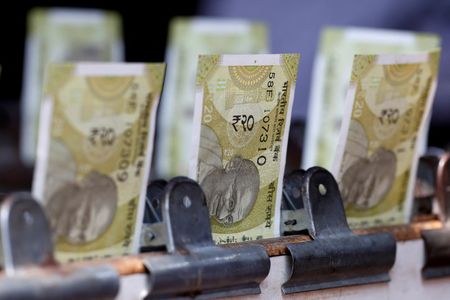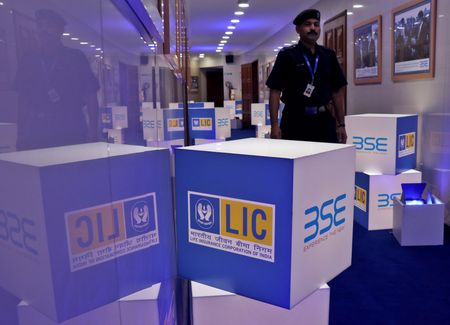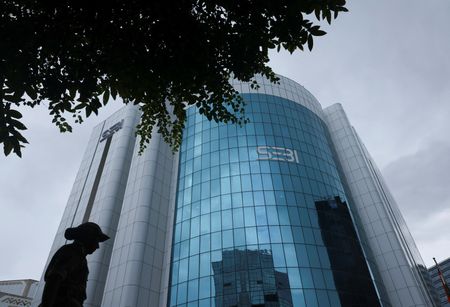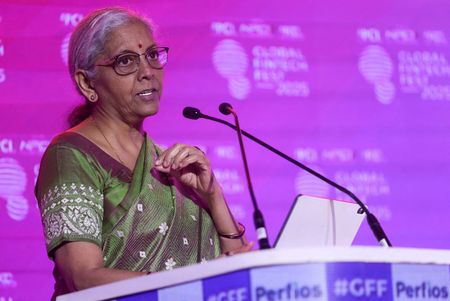By Pranoy Krishna
BENGALURU (Reuters) -The Indian rupee will trade in a narrow range against the U.S. dollar over the coming months, a Reuters poll of FX analysts showed, as the Reserve Bank of India reverts to regularly intervening in the currency market to curb sharp swings.
Earlier this year the rupee declined and traded in a wider band even though the dollar softened, fueling speculation the RBI was loosening its tight grip on the currency. It is down around 3.4% on the year, one of Asia’s worst performers.
However, recent positioning and renewed RBI dollar sales via state-run banks suggest the central bank is once again relying on its familiar tools to limit excessive volatility, weakness and also strength.
“I don’t know why the RBI does this shorting business and keeps the market under control. Let it be open; let things go as per the market’s requirement… What is the point of keeping the rupee at a particular level and then shorting it (USD/INR) to bring it back down?” said Anil Bhansali, head of treasury at Finrex Treasury Advisors.
In September net short dollar forwards rose about $6 billion to $59.4 billion, the first monthly increase in six months, as the rupee came under renewed pressure.
That came after the RBI cut its forward commitments from a peak near $89 billion in February to roughly $53 billion in August. The September rebuild indicates the RBI remains active in the forward and offshore Non-Deliverable Forward (NDF) markets to smooth the rupee’s moves.
India’s central bank says it does not target a specific rate, but its frequent actions to cap both gains and losses come as the currency’s three-month implied volatility has slipped to around 3.4%, nearly half the year’s peak in May.
“The RBI doesn’t like volatility, on either side. They’ve made it clear excessive appreciation could hurt exporters’ margins…so they’ll try to smooth movements both ways,” said Madhavankutty G, chief economist at Canara Bank.
High foreign exchange reserves continue to provide a buffer. FX reserves fell $6.92 billion to $695.36 billion as of October 24, RBI data showed.
While the latest pushback was seen as a response to growing bearish bets on the rupee, analysts warn prolonged heavy intervention could undermine efforts to attract longer-term foreign capital.
“Things will only improve when foreign investors start believing in the India story, which they are still not believing despite the fact we have a great GDP number,” said Bhansali at Finrex.
While Asia’s third-largest economy grew a robust 7.8% in the April-June quarter, economists are skeptical that pace will be sustained.
Foreign investors have withdrawn around $17 billion from equities and nearly $1 billion from debt under the voluntary retention route (VRR) this year – a scheme meant to attract long-term overseas money into the bond market.
The rupee was forecast to gain only around 0.4% from current levels to 88.25 per dollar by end-January. It was also forecast to stand to 88.08 by end-April and then be at 88.50 in a year, according to the median view of 37 analysts polled November 3-6.
Analysis of historical Reuters poll data shows FX analysts have generally held a bullish view on the rupee across all forecast horizons.
(Other stories from the Reuters November foreign exchange poll)
(Reporting by Pranoy Krishna; Polling by Susobhan Sarkar, Rahul Trivedi and Veronica Khongwir; Editing by Vivek Mishra, Hari Kishan, Ross Finley)











